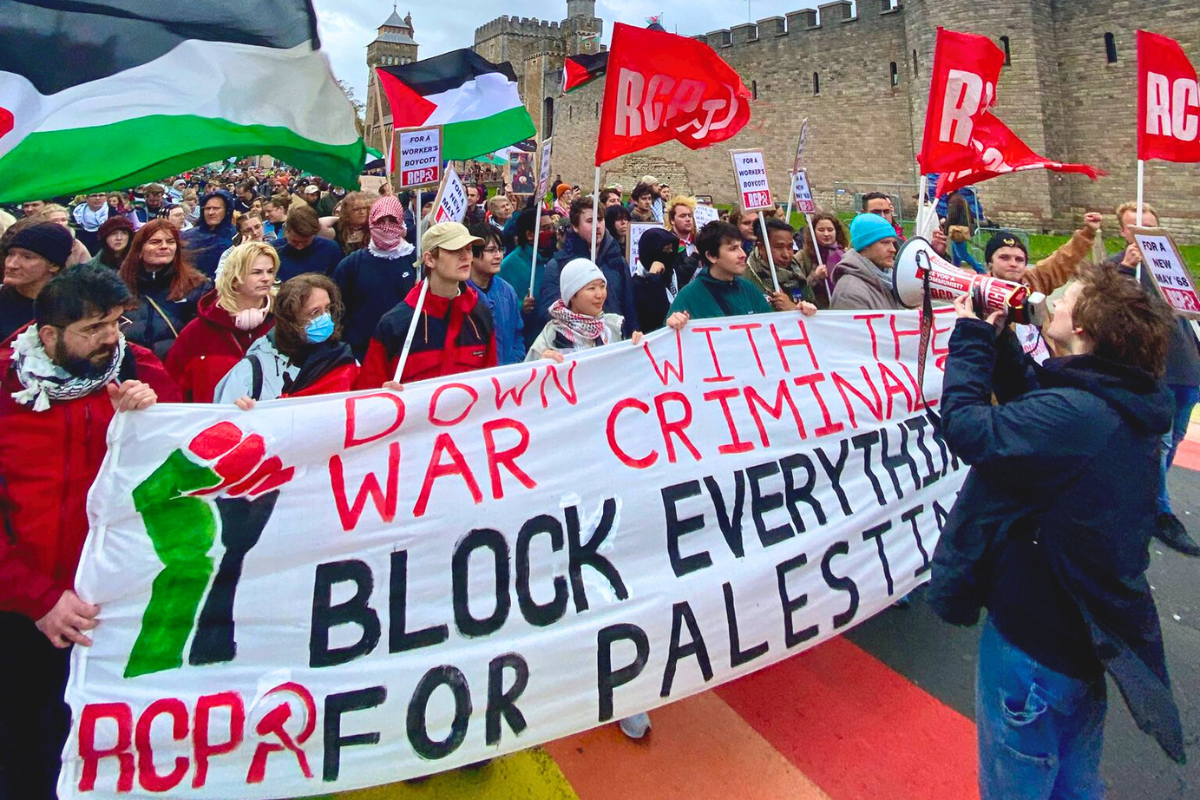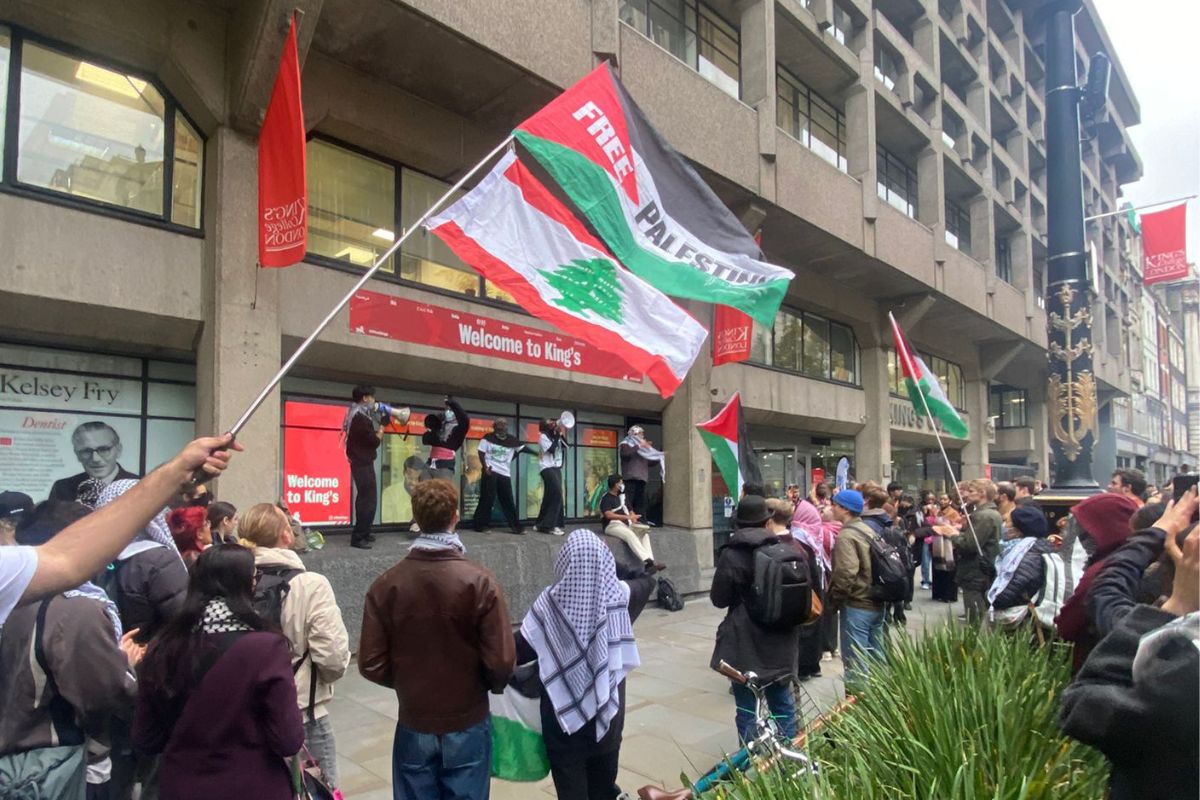Across the world, the youth are facing the most severe impacts of the global crisis of capitalism. However, they have also consistently been at the forefront of the revolutionary movements against the system, most recently in Turkey and Brazil. Nick Parker of the Leeds Marxists looks at youth unemployment today and the radicalising effect it is having on consciousness.
Youth unemployment currently stands at 73 million, or 12.4% of all 18-24 year olds worldwide, according to the International Labour Organisation. However, the World Bank takes a different approach. By taking into account all under 25’s who are currently economically inactive (not in employment, education or training) it estimates that 260 million are unemployed. The Economist considers the figure to be even higher than that, 290 million, a quarter of all young people worldwide.
Devastation in Europe
Across the Eurozone, youth unemployment stands at 23.8%. This is a consequence of the Eurozone crisis that has caused devastation in the peripheral countries (Greece, Spain, Italy and Portugal) since 2010. In Greece and Spain, over 50% of young people are out of work, in Portugal and Italy the figure is around 40%. In France, which has not been as badly affected (yet), the youth unemployment rate is still a staggering 26%.
German Chancellor Angela Merkel has recently called for governments in Europe to tackle the scourge of youth unemployment by copying the ‘German model’ of apprenticeships. The EU has earmarked an extra 6 billion euros to fight the problem. At first sight, Merkel’s comments seem plausible, after all, in comparison to the above examples, Germany’s youth unemployment rate is quite low, at 7.6%. However, Germany has been in the forefront of the ‘Troika’ of the IMF, European Central Bank and European Commission in demanding severe austerity in the peripheral countries to satisfy the demands of the financial markets. To give just one example of the effect this has had, the conditions forced on Greece by the Troika have led to a 20% contraction in the economy since 2008. Austerity has destroyed growth and demand, leading to the epidemic of youth unemployment as described above.
Youth in Britain
Here in Britain, youth unemployment rose from 700,000 in February 2008 to 900,000 in June 2009. Since the election of the Tory/Lib Dem coalition government in May 2010, young people have faced many attacks as part of the austerity measures that have been imposed, with university tuition fees rising from £3000 a year to £9000 per year, as well as the abolition of the £30 per week Educational Maintenance Allowance that was paid to college students from poorer backgrounds. The youth unemployment figure has gone over the 1 million mark several times since 2011 and (over 20%).
The negative effects of youth unemployment on individuals and society are endless. Not being able to find a job causes low self esteem and frustration. With almost half-a-million young Britons having never had a sustained period of employment, the lack of workplace skills and experience leads to employers not wanting to ‘take the risk’. Those who suffer unemployment at the beginning of their working life are said to end up with lower wages and are more likely to be unemployed again later in life (Economist, May 2013).
The riots that broke out in Britain in August 2011 showed a clear link to youth unemployment and the general lack of hope and prospects that affects so many. While the detonator for the violence was the shooting by the police of a 30 year old man called Mark Duggan in Tottenham, North London, and then rough treatment of those who demanded to know what had happened, youth project funding in the London Borough of Haringey had been slashed by 75% in 2011 and 8 of the borough’s 13 youth clubs had closed. In neighbouring Hackney, 44% of children live in poverty.
Students – the barometer of society
On 10th November 2010, there was a magnificent 50,000 strong demonstration in London called by the National Union of Students against the proposed increases in tuition fees. This was the first mass resistance against the government’s austerity measures which had been outlined in its Comprehensive Spending review just a few weeks earlier.
The movement gathered momentum, with further walkouts and protests nationwide on 24th November 2010 leading to a wave of university occupations. On 9th December, the day the governments Higher Education Bill was voted through in Parliament, 35,000 people took to the streets of London to protest.
A similar process had taken place in Greece in December 2008. Riots broke out after police shot dead a 15 year old student in central Athens. Youth unemployment at this stage was around 25-30%. There had been protests from students against reforms to education since 2006 and in early 2007; these also led to clashes with the police. Poverty, corruption, the growing economic slowdown and lack of opportunity provided much combustible material upon which a spark could turn into an inferno.
The subsequent economic collapse in Greece has led to countless mass protests, with over 20 general strikes since 2010. There have been cuts in education budgets to the extent that no funding is available for heating of educational facilities and schools have been left without books. In 2011 there were hundreds of student occupations against pro-market reforms to higher education.
Egyptians, Indignados, and Occupy
Throughout 2011, inspired by the uprisings in the Middle East and in particular the occupation of Tahrir Square in Egypt that was the main face of the rebellion that forced Hosni Mubarak from power, the idea of occupying public spaces in protest against inequality, unemployment, etc., came to the fore in many different countries. In Spain, we saw the movement of the ‘Indignados’; in Greece it was the ‘Enraged’. In the USA, Zuccotti Park in the Wall Street district was occupied. The slogan ‘We are the 99%’ became etched into people’s consciousness.
A particular flashpoint of discontent has been Sweden. In May 2013 in the suburb of Husby, north west Stockholm, it was reported to police that a 69 year old man was brandishing a large knife on a balcony. This may have been due to earlier threats from a gang. The police headed to the address to investigate. Due to confusion over whether it was the police or a gang, a melee ensued, with the police storming the property, and after failing to subdue the man with a flash grenade, a police officer shot him dead. Following this, and due to inconsistencies in the police’s version of events, Megafonen, an activist group with bases in various disadvantaged Stockholm suburbs, called for a protest against the brutality of the police on 15th May.
On the evening of 19th May, riots broke out in Husby, as youths set cars alight and attacked a shopping centre and other buildings . The violence spread to other parts of Stockholm and other towns in Sweden.
Sweden is often seen as a model of social calm and equality, however the riots brought the reality to the surface. Youth unemployment is 23.6%. While it is still one of the most equal countries in the world, an OECD think-tank reports that inequality increased more in Sweden than in any other of the world’s 31 most developed countries between 1985 and the late 2000’s.
The madness of capitalism
What we have explained here is the madness of capitalism. Several hundred million young people, the future of humanity, lying idle because the system cannot provide gainful employment. However, from a capitalist perspective it is not madness, because the whole point of the system is production for profit, not social need. Businesses will not invest in new production and provide jobs if there is no profit to be made. This is proven by the fact that in 2012 banks and corporations in the UK, the USA, the Eurozone and Japan were sitting on a cash pile of $7.75 trillion which is not being invested.
Ted Grant once wrote that ‘throughout history, in all countries, the youth have been the backbone of the revolutionary movement in its early stages of development’. This was the case, for example, in France in May 1968, when the students were the first to raise the flag of protest, before the wider working class rose up in the biggest general strike in history. The student movement in Britain in late 2010 was followed by one of the biggest trade union demonstrations in British history in March 2011 and significant strikes against attacks on public sector pensions.
Students and workers: unite and fight!
The riots, protests, demonstrations and occupations that have taken place over the last few years against the backdrop of the world economic crisis have clearly shown the amount of anger, desperation and disconnect that exists among young people. However, these actions by themselves will not be enough to win the battle against mass youth unemployment, cuts in services and attacks on education. The need for a lead from the organised working class in this struggle is essential. It is through the trade unions and strike action that ordinary working people are able to stop production and thus hit the capitalists where it hurts – by hitting profits. This can never be done by occupations of squares or campuses.
What is more, acts of individual violence and riots, however justified in terms of the anger and desperation that leads to such incidents, do not provide a way forward. Such actions tend to cause fear and disgust amongst ordinary workers, and the very real problems that have led to such actions are lost beneath a wave of condemnation. However, instances of disproportionate sentences being handed down to those involved in such events, such as during the 2011 UK riots, should always be fought against.
The revolts of young people need to be a generalised revolution against this rotten, decaying system and a fight for a clear socialist programme. A first step to solving the problem of youth unemployment would be for the working week to be shortened and for work to be shared out without any loss of pay to ensure that there is a job for everyone. The means of production need to be taken into public ownership and run under democratic workers control. This way, we could have a rationally planned economy that produces for society’s actual needs, not for profit. To give one example, in Britain there is a crying need for decent, affordable homes yet construction workers sit unemployed because there isn’t enough building work going on to give them consistent work.
For the socialist transformation of society
The nationalisation of the land and the big construction companies, followed by a mass council house building programme, would provide plenty of work in construction, decorating and other industries that are vital to providing the basic human right of a decent home.
Education would be transformed under socialism. Tuition fees and a lifetime of debt would be a thing of the past, as student grants could be reintroduced. Teachers, lecturers and all other education workers would have the attacks on pensions reversed and wouldn’t have to face constant attacks on wages and living standards, or the threat of privatisation.
The youth is a powerful force. But we need to be organised, disciplined and have a clear orientation towards the working class and collective action. Only in that way we will be able to help change society






